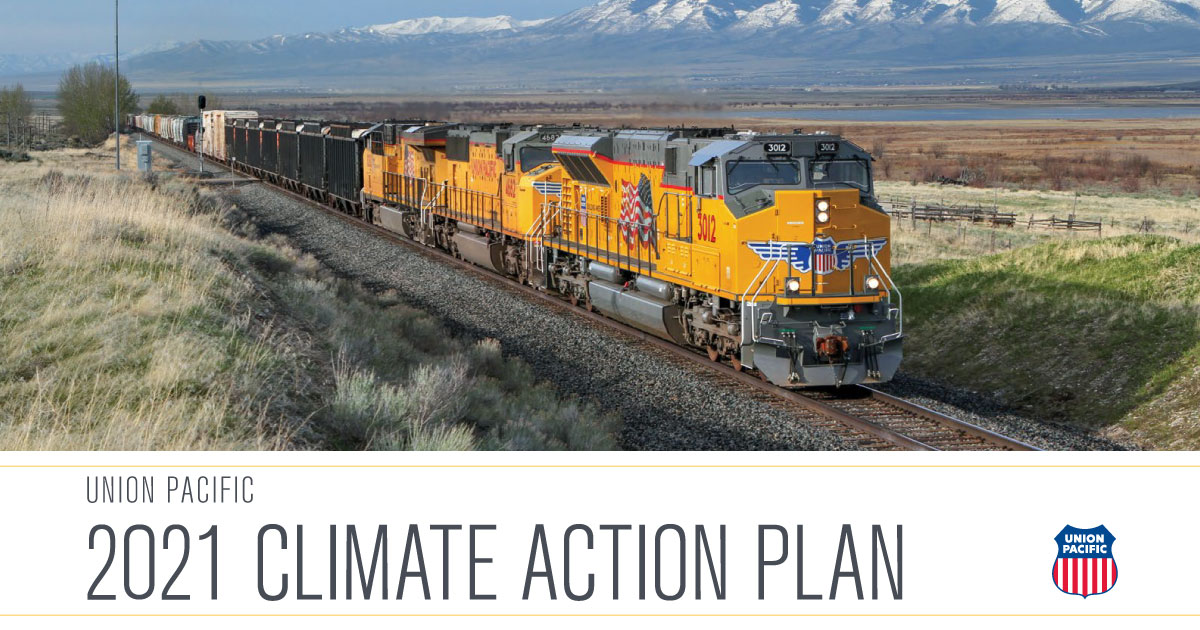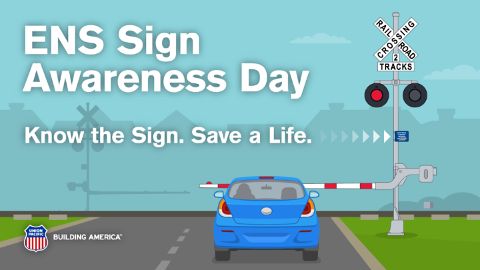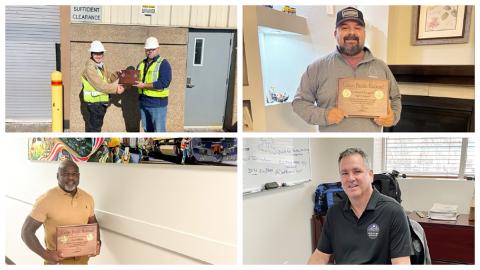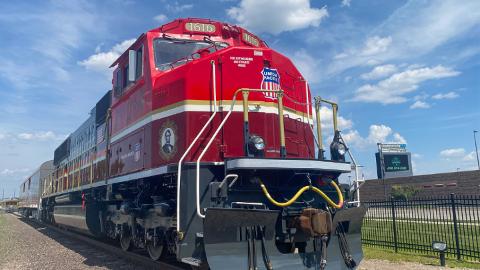Union Pacific published its first comprehensive Climate Action Plan Dec. 6, outlining the company’s steps to reduce its environmental impact, with an eye toward achieving net zero emissions by 2050.
Subscribe to Inside Track
"There is no question climate change is impacting our operations," said Lance Fritz, chairman, president and CEO of Union Pacific. "Our Climate Action Plan is a pragmatic approach to reduce the impact our activities have on the world’s climate."
The Climate Action Plan follows Union Pacific’s February 2021 release of its science-based target to reduce absolute Scope 1 and 2 greenhouse gas (GHG) emissions by 26% by 2030 from a 2018 baseline. The approved target aligns with what climate scientists said is needed to meet the Paris Agreement – to limit global warming to well below 2° C above pre-industrial levels.
The CAP prioritizes UP’s operational efficiency improvements and fuel-saving technology, which already have reduced the railroad’s climate footprint. In 2019, UP reduced its target scope GHG emissions by roughly 10% from its base year of 2018, in large part due to operating efficiencies gained through the implementation of Precision Scheduled Railroading techniques. Emissions were reduced by an additional 10% in 2020, largely driven by decreased volumes as a result of the COVID-19 pandemic.
But adding to work already under way, the CAP calls for the railroad to make greater use of low-carbon fuels – fuels that burn cleaner than conventional petroleum fuels. UP is working to increase the percentage of low-carbon fuel consumed to 10% of the railroad’s total diesel consumption by 2025 and push that number to 20% by 2030.
Exploring alternative propulsion technology also is part of the CAP, which outlines how UP is leveraging its experience with low-emission switcher locomotive technology to develop specifications for a battery-electric locomotive that could be deployed in selected yard operations.
"To do this, we will have to consider every idea with the potential to reduce our environmental footprint," said Maqui Parkerson, AVP-Labor Relations and Sustainability. "Our absolute science-based target requires us to look for ways to decouple our emissions from our operating business growth model."
Parkerson said the CAP provides the necessary signposts that will keep employees pointed in the right direction to achieve these targets, and communicates those efforts to the company’s stakeholders, which include customers, shareholders and the communities in which Union Pacific operates.
"While developing this strategy, we’ve considered not only the actions we can take, but just as importantly, the actions we should be taking with others," Parkerson said. "A climate solution will require industry to work together as it’s never done before. The outcome will touch the lives of generations to come."






